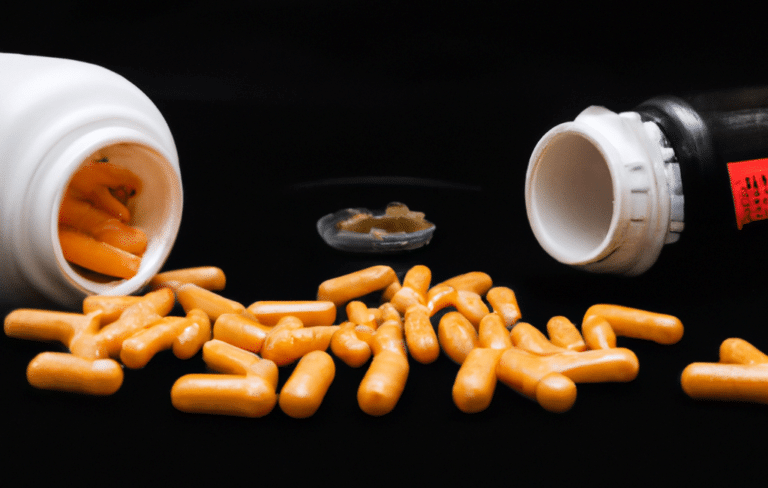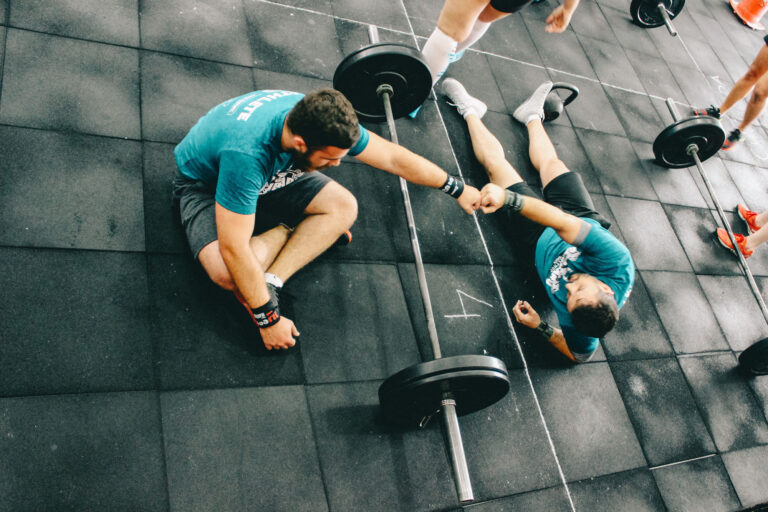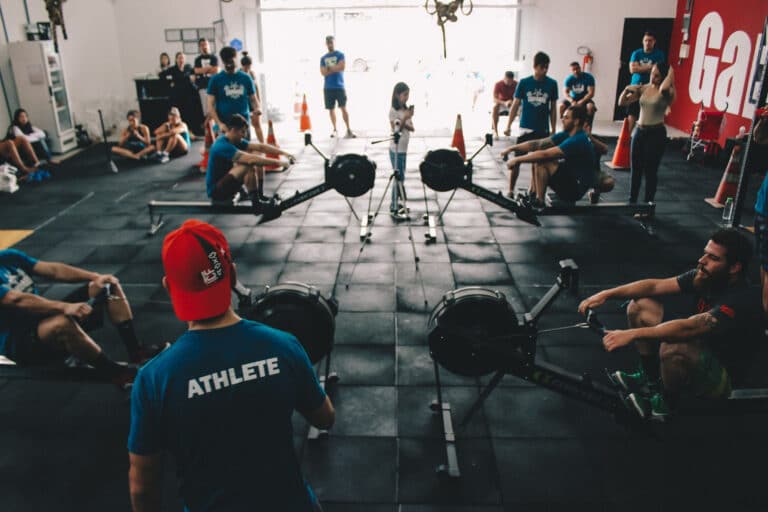Unraveling the Anabolic Window
Click here to check out Mr. Bro Science’s perspective on the Anabolic Window
There’s a long-held belief among fitness enthusiasts, particularly in the realm of bodybuilding, that consuming protein immediately after a workout—within what’s known as the “anabolic window”—is crucial for muscle recovery and growth. This idea has been disseminated so widely that it has become an almost unshakeable bro-science mantra. However, in the pursuit of understanding, it’s worth dissecting the idea to see if it aligns with real, peer-reviewed scientific evidence.
Let’s begin by defining our terms. “Bro-science” refers to anecdotal advice and observational wisdom that is commonly circulated within fitness communities. While some bro-science claims may have value, they are generally not backed by rigorous scientific studies. On the other hand, “real science” refers to conclusions drawn from structured, methodical research conducted by professionals in the field.
The anabolic window theory suggests that there’s a short period, typically 30-60 minutes post-workout, during which your body is primed for nutrient uptake—especially protein—to repair and build muscle. Bro-science argues that missing this window can lead to sub-optimal gains, or even muscle loss.
What Does the Science Say?
When we turn to scientific literature, we find a somewhat different perspective. The concept of an “anabolic window” isn’t entirely without merit, but it may not be as strict as the bro-science community suggests. The body’s process of muscle protein synthesis (MPS), where protein is used to repair and build muscle, does increase after resistance training. However, studies have shown that this heightened state can last for much longer than the suggested 30-60 minutes, with some research indicating it could be up to 24-48 hours post-exercise.
A meta-analysis conducted by Schoenfeld, Aragon, and Krieger (2013) evaluated the effects of protein intake on muscle strength and hypertrophy in resistance-trained individuals. The results suggested that total daily protein intake was far more crucial than the timing of its consumption post-workout.
Quality, Quantity, and Timing
This brings us to the next point of consideration—the quality and quantity of protein. It’s widely accepted that high-quality proteins containing all essential amino acids, such as whey protein, are beneficial for muscle protein synthesis. The quantity required, according to the American Dietetic Association, Dietitians of Canada, and the American College of Sports Medicine, is about 1.2 to 2.0 grams of protein per kilogram of body weight per day for those engaged in regular resistance and endurance exercise.
The timing of protein intake is less clear-cut. While there’s no definitive “window” in which you must consume protein, ensuring regular protein intake throughout the day, particularly including protein in your post-workout meal, is a strategy supported by research. This approach ensures that your body always has the amino acids it needs to support muscle protein synthesis.
It’s About the Bigger Picture
While it’s not necessary to sprint to your protein shake immediately after your last rep, it’s clear that regular protein intake, especially after a workout, is beneficial. But, just as critical is remembering that protein intake doesn’t exist in isolation—it’s part of a larger nutritional and workout strategy.
A balanced diet that provides adequate nutrients, sufficient rest to support recovery, and a well-planned workout routine are all equally critical. As with many areas in nutrition and fitness, the magic often lies not in one singular component but in a holistic, well-rounded approach.
Real science suggests that the bro-science claim of a strictly defined anabolic window isn’t entirely accurate. Instead, scientific research indicates a more nuanced view. Post-workout protein consumption is indeed beneficial for muscle protein synthesis, but it doesn’t necessarily have to occur within a rigidly defined timeframe.
An individual’s overall daily protein intake, the quality of the protein consumed, and a balanced dietary plan play far more significant roles in muscle recovery and growth. However, this is not to discredit the value of a post-workout protein shake. It’s a convenient and effective way to contribute to your daily protein intake, especially when whole food sources aren’t immediately available.
Individual Factors and Considerations
It’s also important to remember that individual factors such as age, sex, training status, workout intensity, and dietary preferences can all influence the body’s response to protein intake and exercise. Some individuals may notice enhanced recovery and muscle growth with immediate post-workout protein, while others may not see any noticeable difference compared to consuming protein at other times during the day.
Personal experimentation, within the context of scientific guidelines, is key to finding what works best for you. Consult with a registered dietitian or a professional well-versed in sports nutrition if you need assistance in tailoring your nutritional strategies to your fitness goals.
Moving Beyond Bro-Science
The fitness world is rife with bro-science, often making it challenging to separate fact from fiction. While bro-science usually emerges from real-world observations, it’s crucial to be cautious about accepting such advice without questioning its scientific validity.
Applying rigorous scientific principles to the world of fitness doesn’t remove the magic of personal progress. Instead, it enhances our understanding of our bodies and the ways we can effectively achieve our health and fitness goals. Understanding the real science behind post-workout protein not only debunks the myth of a strictly defined anabolic window but also empowers us with a more flexible, individualized approach to nutrition.
So, does it matter if you drink protein after a workout? Yes, it does. Protein plays a vital role in muscle repair and growth, and consuming it after a workout can certainly contribute to these processes. However, the anabolic window is not as restrictive as some might suggest.
Remember, your body is not a textbook model. What works for one person may not work for another. Embrace the complexity, experiment under the guidance of professionals, and find the routine that works best for you.
As we continue to critically examine bro-science through the lens of real science, we get closer to the truth: a balanced approach to nutrition and exercise, tailored to individual needs and goals, is the key to optimal fitness. In the long run, understanding and applying real science will always triumph over blindly following the fitness folklore that is bro-science.
Bro-science vs Real Science: The Takeaway
The most crucial takeaway from the discussion on post-workout protein and the anabolic window is the difference between bro-science and real science. Bro-science often provides simplistic, black-and-white answers to complex questions. Real science, on the other hand, recognizes the complexity and offers a more nuanced, individualized approach.
In the context of protein timing, bro-science champions the anabolic window concept with unwavering conviction. Real science, however, suggests that while there’s an increase in protein synthesis post-exercise, the time frame is far more flexible. What matters most is the total daily protein intake and the distribution of protein consumption throughout the day, rather than the precise timing post-exercise.
Moreover, real science acknowledges the importance of individual factors. It understands that a one-size-fits-all answer may not cater to everyone’s needs, emphasizing the importance of personalization. Therefore, when incorporating scientific findings into your fitness routine, keep in mind your personal goals, body type, and dietary preferences.
Conclusion
As we’ve discovered, the bro-science mantra that has you gulping down a protein shake the second you finish your workout isn’t as infallible as it’s often made out to be. While protein consumption post-workout is indeed beneficial, it’s far from the only piece of the puzzle. Adequate daily protein intake, balanced nutrition, regular exercise, and proper rest are all critical components for muscle growth and recovery.
By understanding the actual science behind these fitness concepts, you can optimize your workout regimen, dietary habits, and, ultimately, your results. While bro-science can sometimes offer interesting insights, it’s always essential to verify these claims with real science before integrating them into your fitness routine.
Embracing the nuanced, individualized approach of real science may not offer the simple solutions often found in bro-science, but it provides something far more valuable: a deeper understanding of your body and its response to nutrition and exercise. With this knowledge, you can create a tailored fitness journey that works best for you—beyond the confines of bro-science.
Remember, fitness is a journey, not a destination. You are bound to encounter various advice and theories along the way, but with a critical mind and a focus on science-based evidence, you can navigate the path to your best self successfully. And in the end, that’s what real science—and real fitness—are all about.
References
- Schoenfeld, B. J., Aragon, A. A., & Krieger, J. W. (2013). The effect of protein timing on muscle strength and hypertrophy: a meta-analysis. Journal of the International Society of Sports Nutrition, 10(1), 53. https://doi.org/10.1186/1550-2783-10-53
- Kerksick, C. M., Arent, S., Schoenfeld, B. J., Stout, J. R., Campbell, B., Wilborn, C. D., … & Antonio, J. (2017). International society of sports nutrition position stand: nutrient timing. Journal of the International Society of Sports Nutrition, 14(1), 33. https://doi.org/10.1186/s12970-017-0189-4
- American Dietetic Association, Dietitians of Canada, & American College of Sports Medicine. (2009). Nutrition and athletic performance. Medicine and Science in Sports and Exercise, 41(3), 709-731. https://doi.org/10.1249/MSS.0b013e31890eb86
These references support the assertions made in the article about the flexibility of the anabolic window, the importance of overall protein intake over specific timing, and the optimal amount of protein consumption for those engaged in regular exercise.
Disclaimer: This article is intended for informational purposes only and is not meant to serve as professional medical or fitness advice. The information provided should not be used for diagnosing or treating a health problem or disease. It is not a substitute for professional care or consultation with qualified healthcare or fitness professionals. If you have concerns about your health or fitness, please consult with a healthcare or fitness professional before making any changes to your training, nutrition, or lifestyle. The author and publisher disclaim any liability or responsibility for any loss, damage, or injury that may occur as a result of following the information provided in this article.








